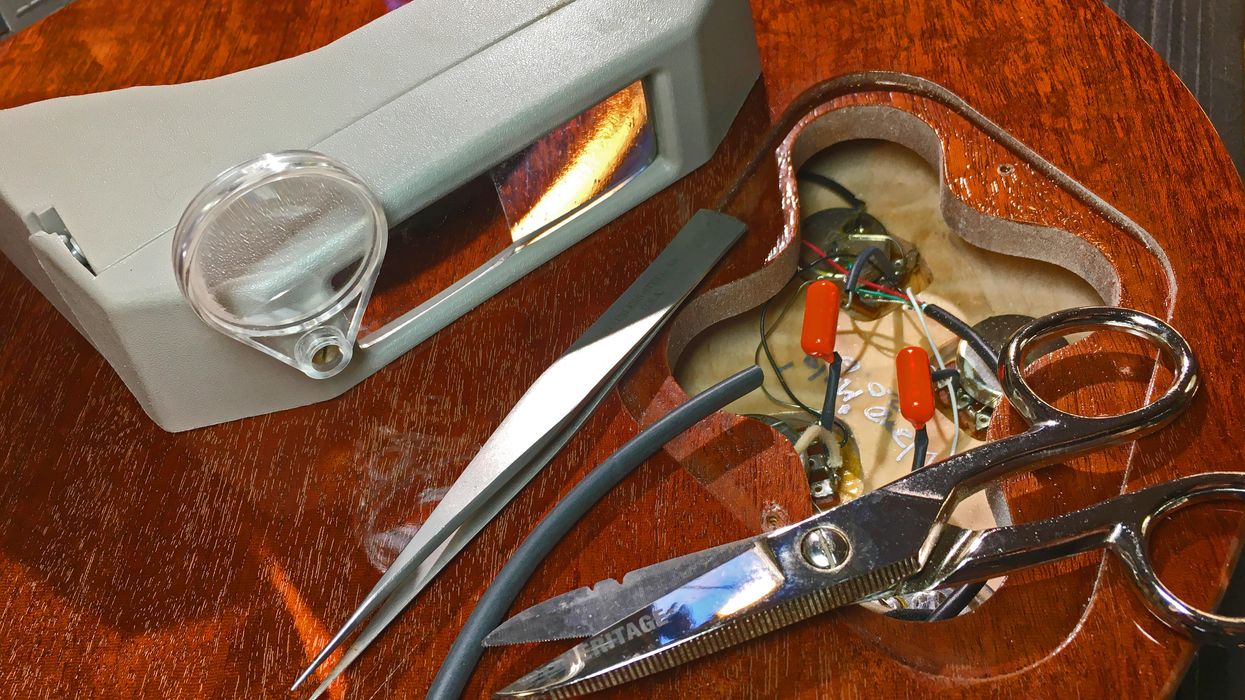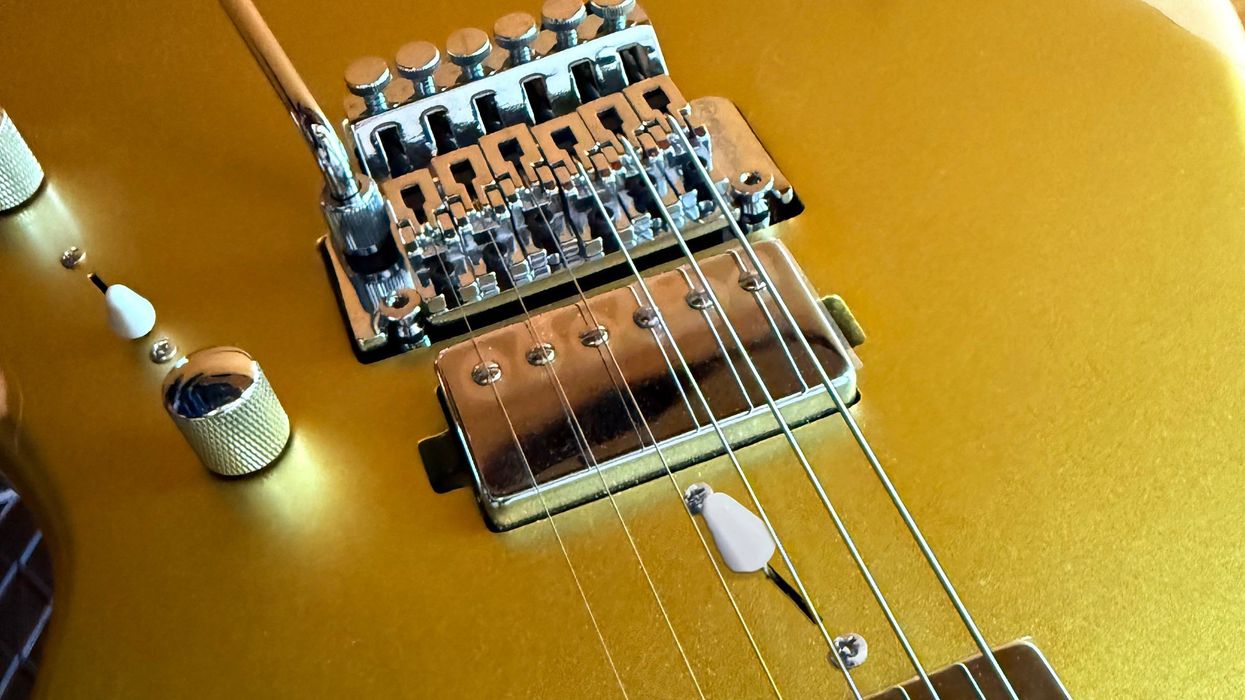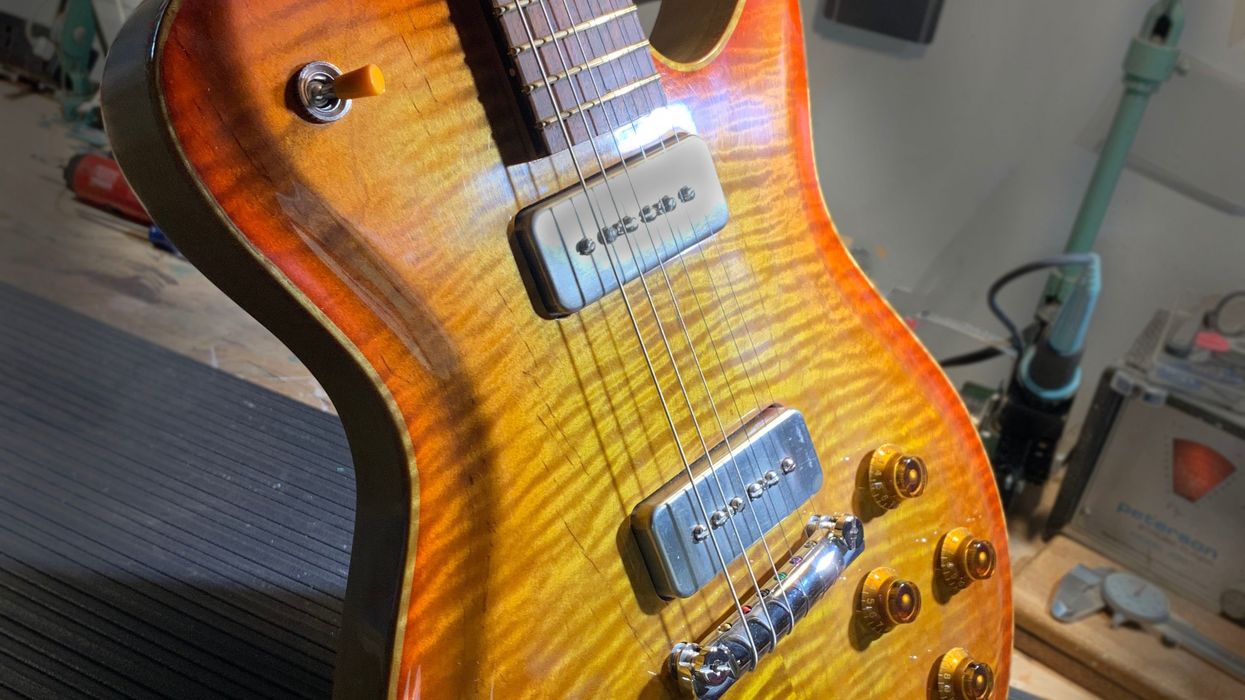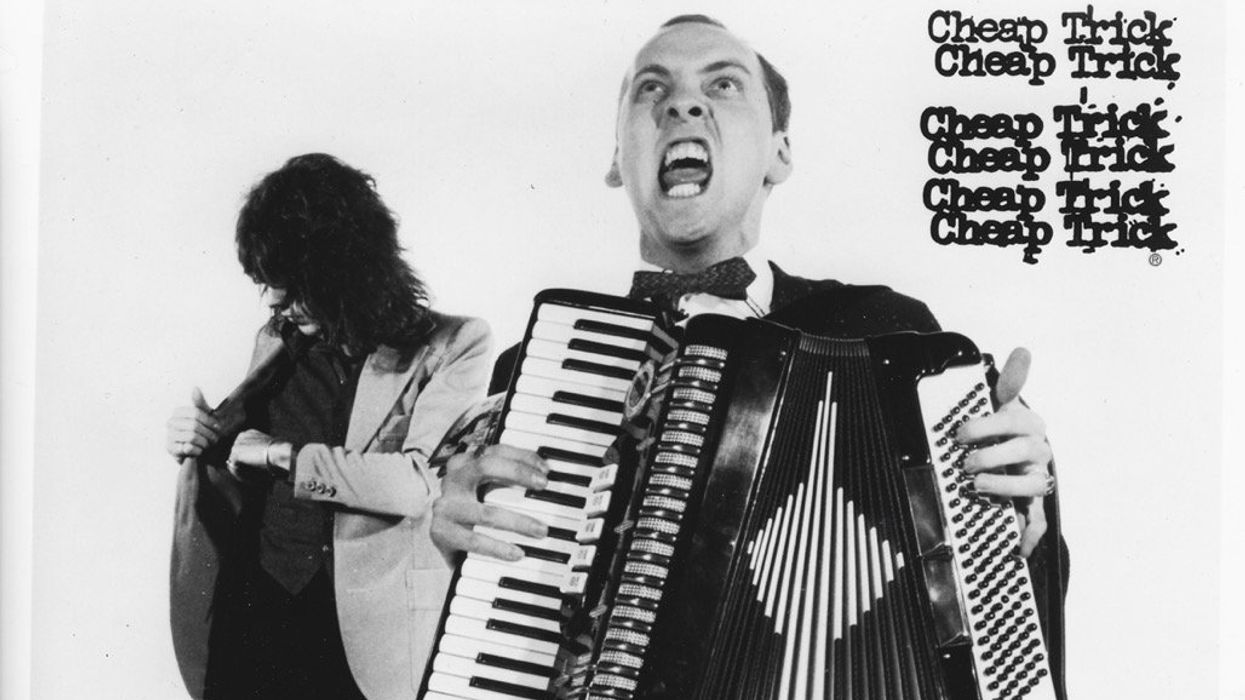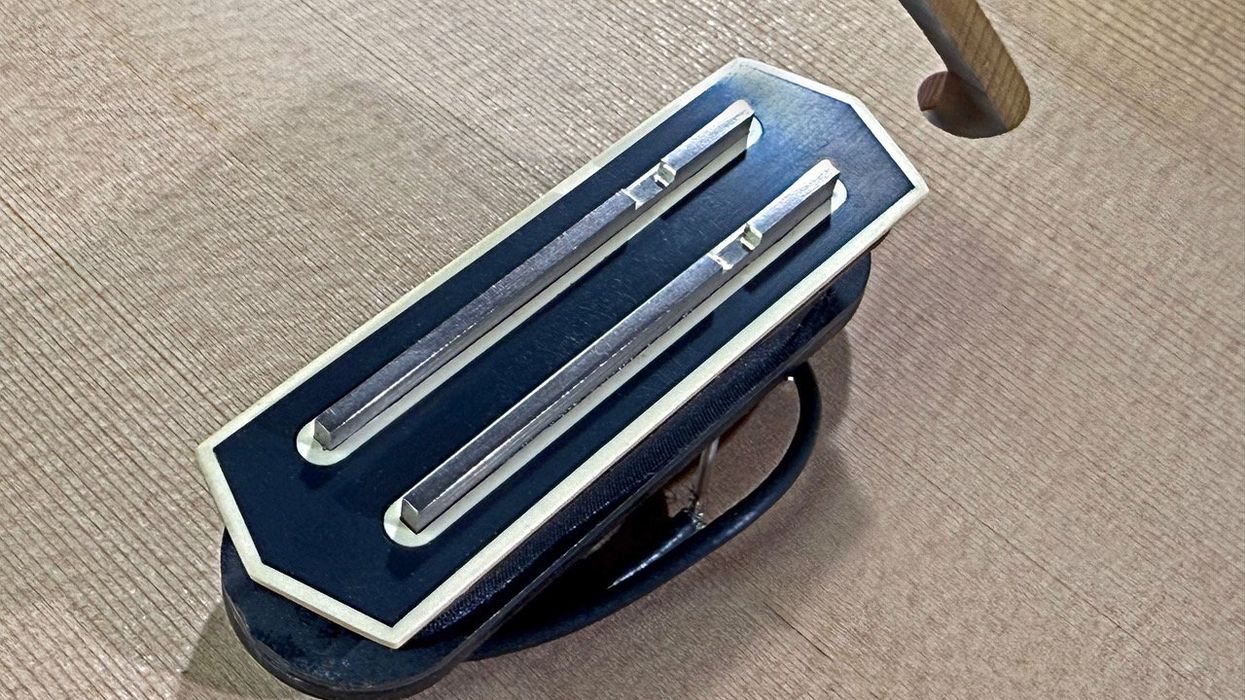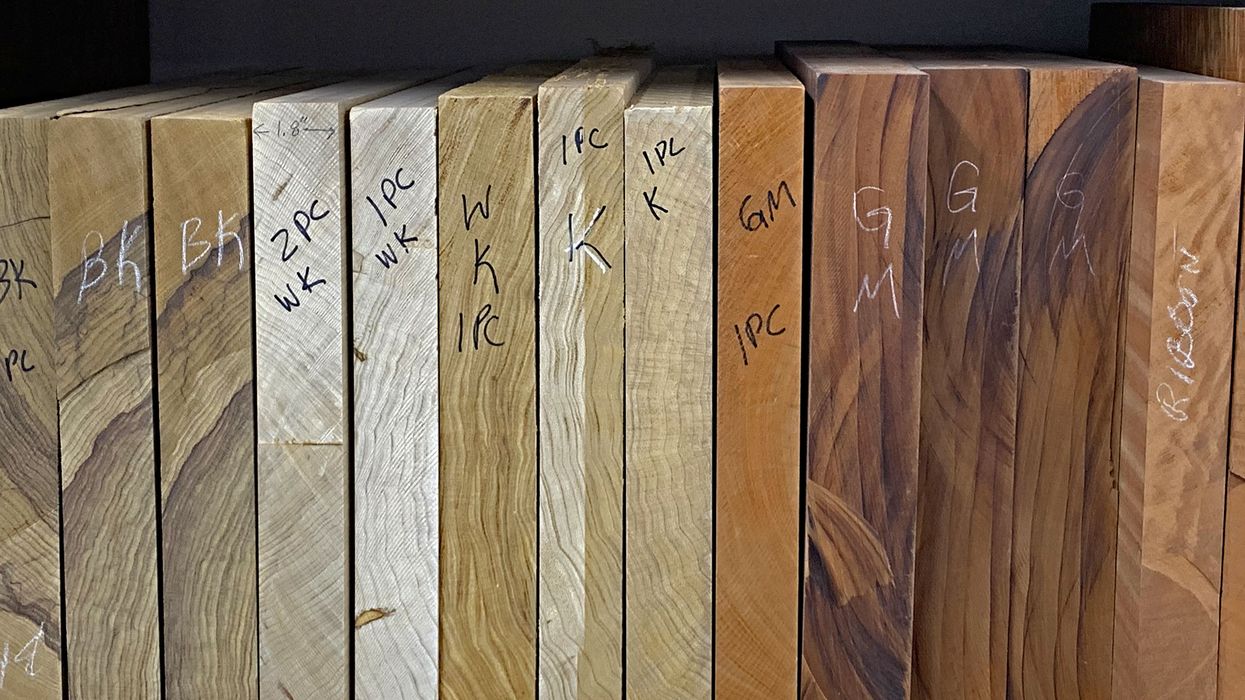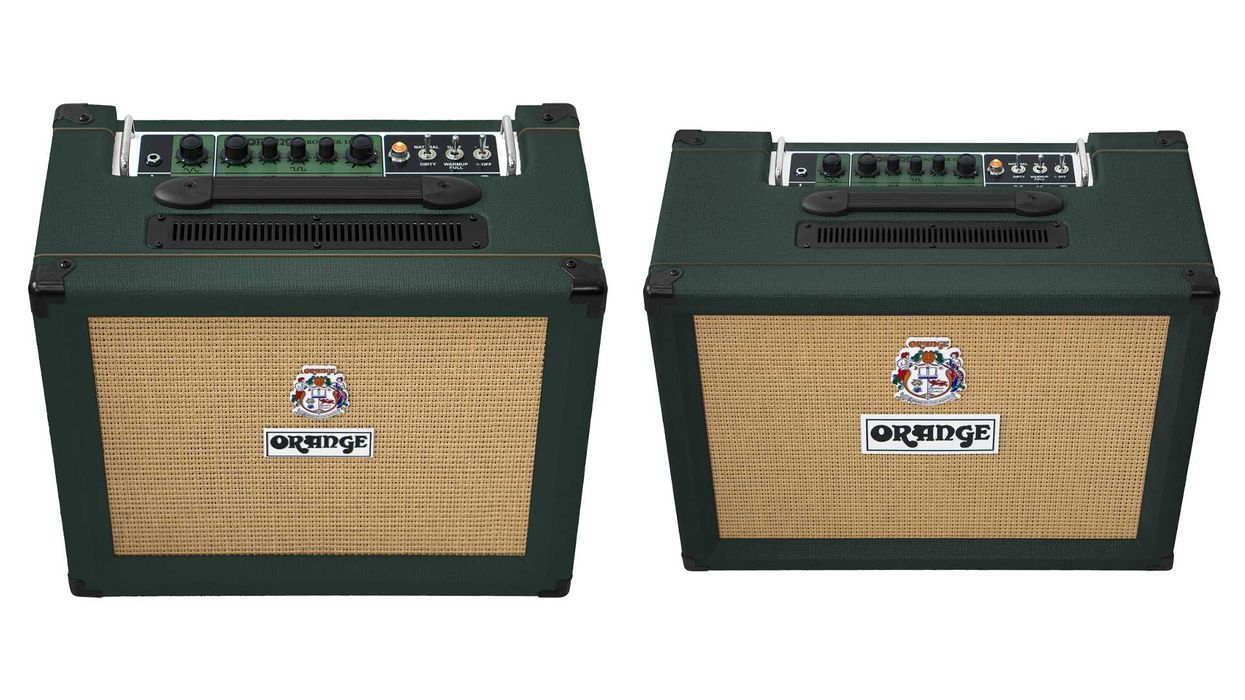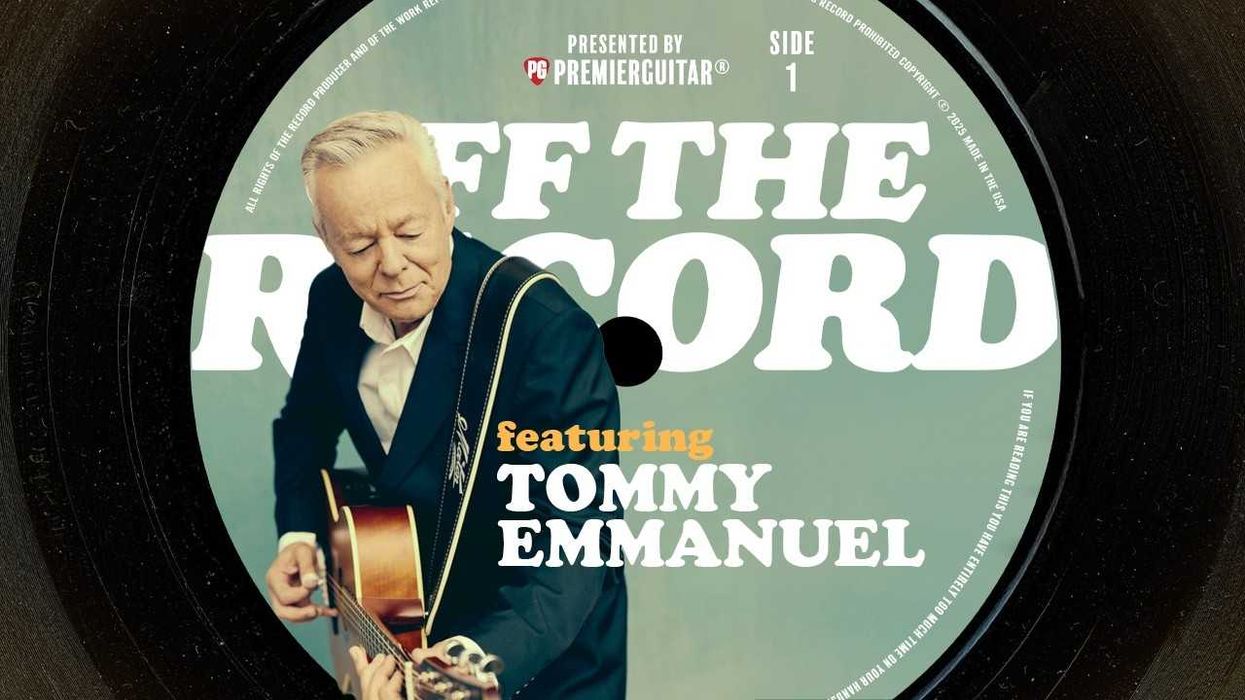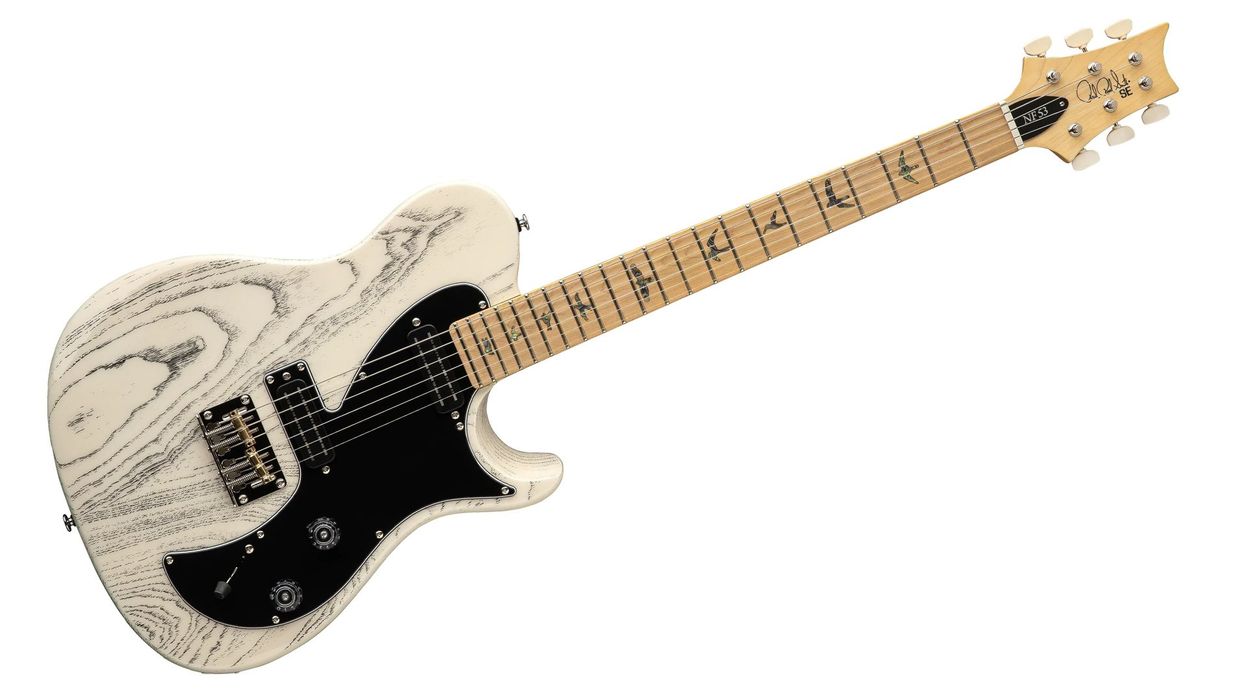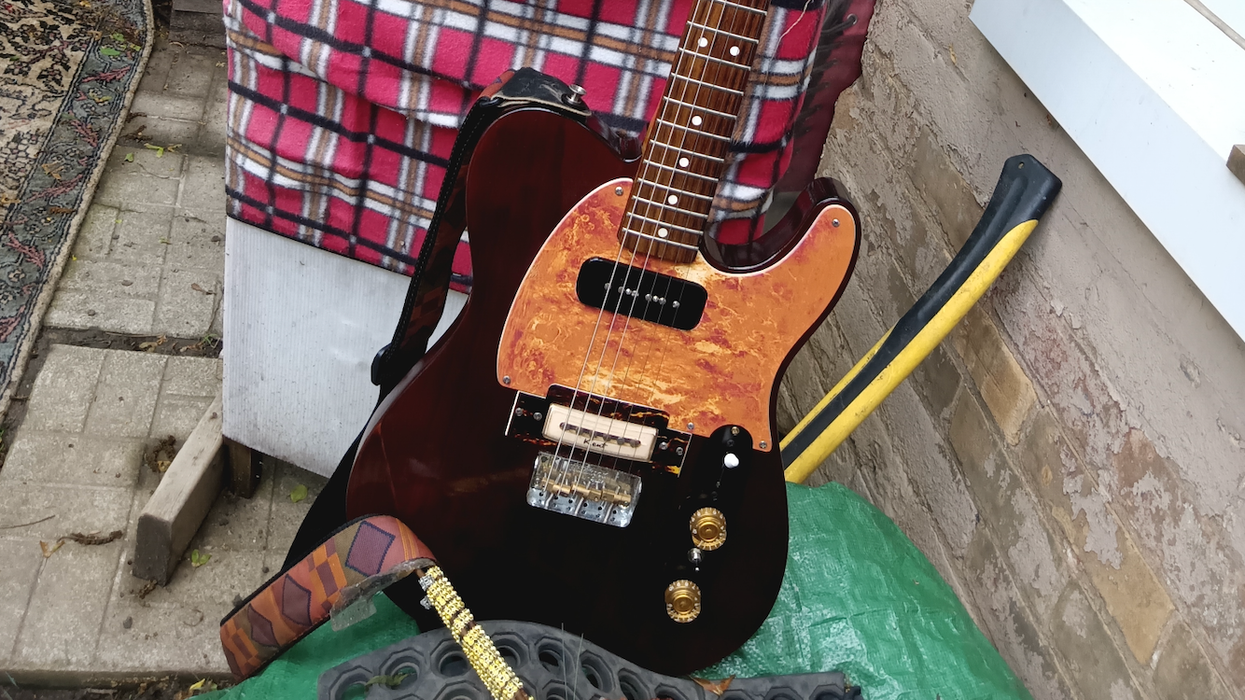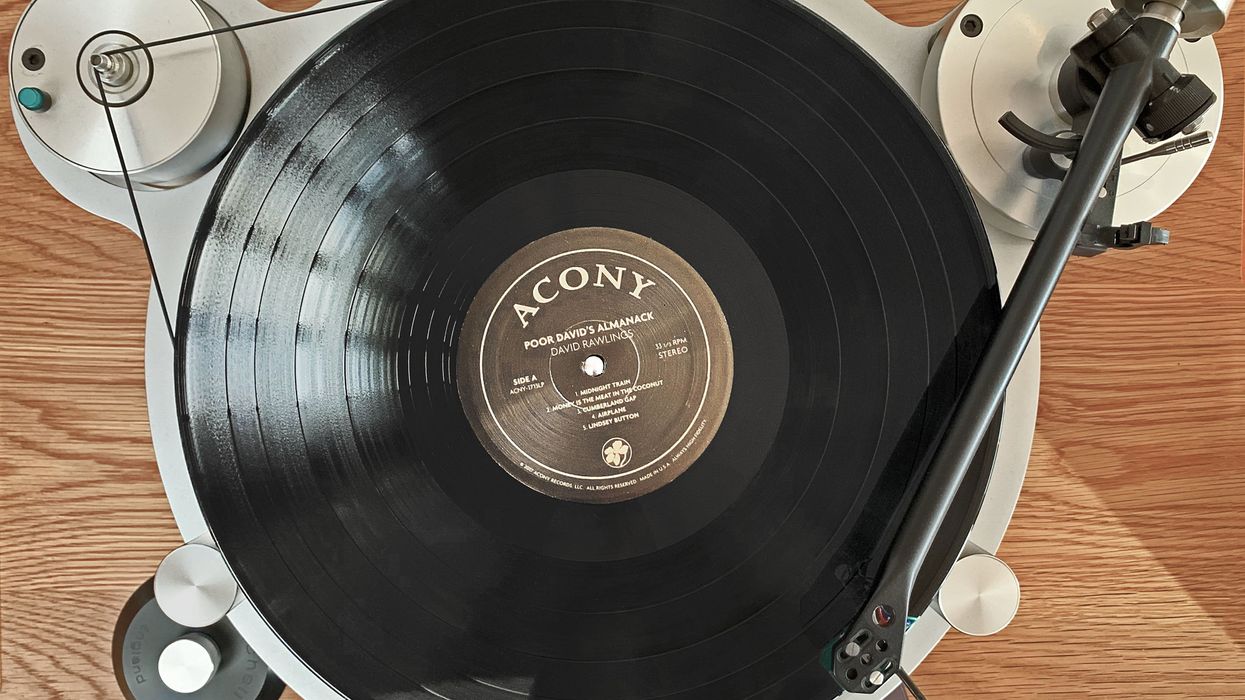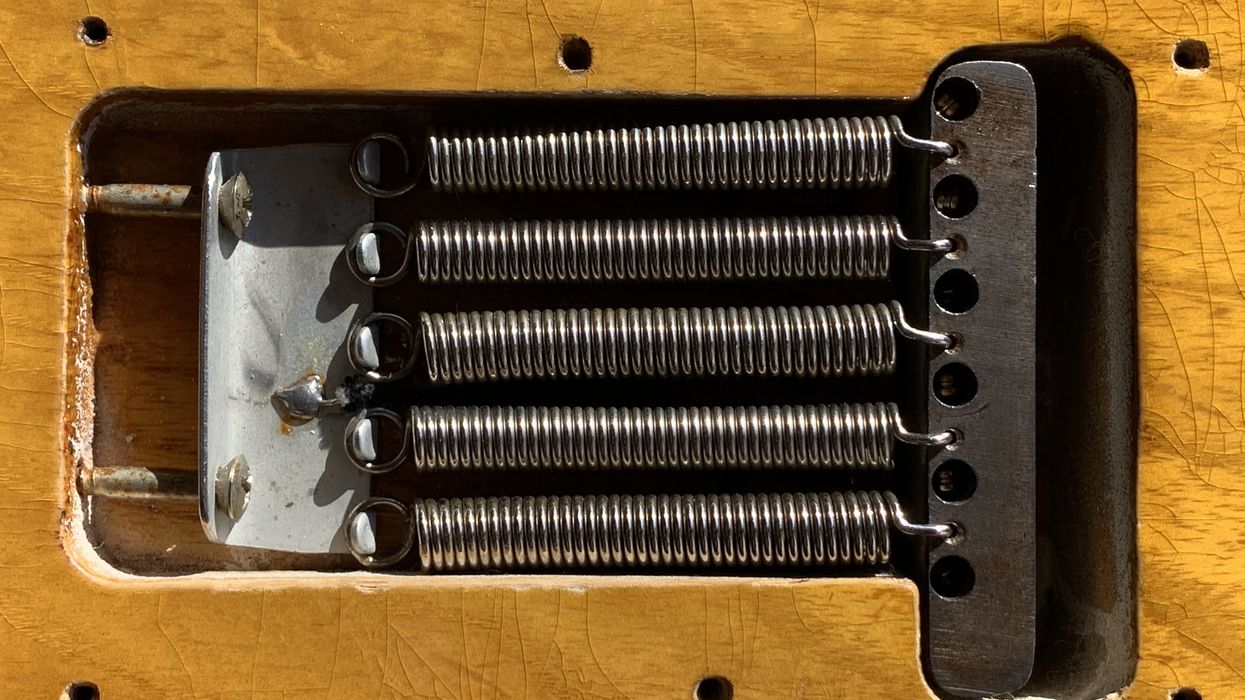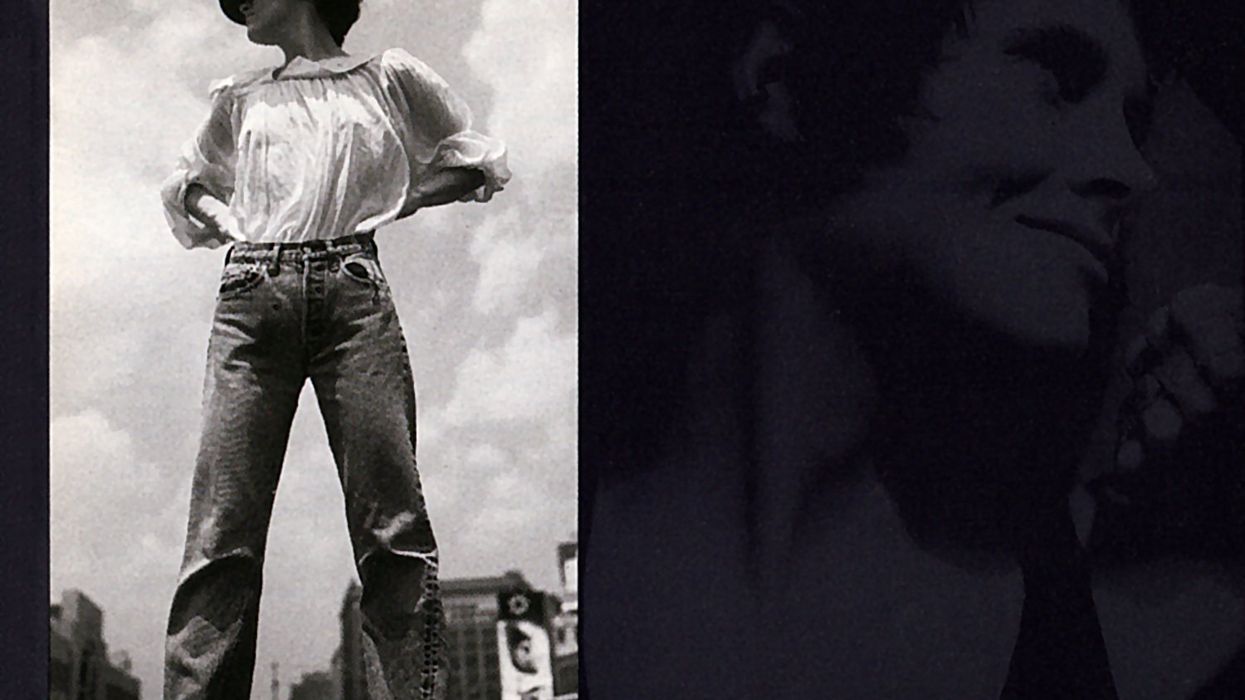Guitar gear, by nature, regularly requires a bit of maintenance. So whether you’re a guitarist, builder, or both, having good tools makes it easier to stay on top of seasonal or technical changes. Any endeavor that requires mechanical or electrical maintenance is subject to what I call the 80/20 rule. This axiom refers to how we can spend 80 percent of our time fixing and 20 percent enjoying the fruits of our labor. You probably have a screwdriver or some wrenches, but there are a few neat little bits that make life on the workbench more pleasant and maybe shift the percentages of that rule.
Easy eyes.
Not everyone has perfect vision, and little things like guitar parts can be hard to see. Eyesight—which includes the brainpower to decipher what the eyes register—is one of the most energy-intensive things we do. Scientists say that vision uses somewhere between six and 20 percent of our brain’s resources. Even if you’ve got eyes like a hawk, it’s important to be kind to your system when manipulating tiny guitar parts like screws and strings. At the risk of sounding like your parents, I suggest you invest in some good lighting and a headband magnifier like the one Leo Fender wore. If you’re concerned about looking like a dork, remember that Leo invented the Stratocaster. I’ve got a few of these scattered about my shop at stations where vision is critical to the task, like adjusting intonation and bridges. They’re great for checking frets for high and low spots, too.
Tweeze please.
One of the most inexpensive and brilliant tools you can buy are good tweezers. Don’t bother with the junk from the health care aisle at Walmart. Go straight to McMaster-Carr’s website and get a couple differently shaped industrial-quality stainless steel ones. Once you get used to them, you’ll never turn back. And, of course, they also fit into your guitar case. I have a pair on almost every bench and desk in my shop—but then again, I’m a tool addict. The bent-tip tweezers are extremely useful for all small jobs including handling small screws. The ones with serrated gripping surfaces are great for threading strings through bridge and tuner holes. If you have champagne taste, go for the titanium solder-resistant pair for ultimate bragging rights.
After discovering these wonderful screws, everything else is Mickey Mouse—they’re great for repairing cabinets, cases, pedalboards, and more.
Shrink to fit.
I could be recommending old-school biker jeans from the ’60s, but this is about shrink tubing. I’ve been using this stuff for all kinds of jobs since before Jimi Hendrix played with Wilson Pickett—and I still haven’t run out of new uses. Basically, it’s rubberized tubing that shrinks 50 percent in diameter when heated. It’s made for insulating wire splices. You slip it over the splice and blast it with a heat gun (another great tool) until it shrink-wraps itself around the joint. But that’s not the only thing it can do. You’ve probably encountered high-dollar guitar cables with shrink tube reinforcing the ends. You can upgrade your everyday cables for pennies by adding those reinforcements yourself. I’ve also used it to protect parts from abrasion. The material is tough and can also be used to prevent scratching on certain parts. Buy an assortment of diameters so that you have the proper size for any job. You can also layer diameters to get a custom fit. There is even a shielded version, which is perfect for audio wiring. This miracle part is available at vendors from Amazon to Zoro, in sizes up to 2" diameter. If you want to get into the weeds with this stuff, McMaster-Carr is once again the rabbit hole of choice.
Don’t screw around.
We’ve all had our lives improved by drywall screws. Anything and everything you need to assemble quickly can be done with these little black wonders. Still, I’ve a new love, and its name is Spax. This German-designed, multi-purpose fastener is the Acropolis of quick-screws. The secret in each screw is three-fold: superior strength, multiple thread pitches (one for drilling, one for fastening), and a self-countersinking head. From hardwood furniture building to use with medium density fiberboard, these superior fasteners are self-drilling and reduce splitting when used without a pilot hole. After discovering these wonderful screws, everything else is Mickey Mouse—they’re great for repairing cabinets, cases, pedalboards, and more. Builders will love it for temporary tooling.
I hope a few of these items make your repair and build time more enjoyable. Nobody likes to have to fix stuff when they’d rather be banging out a tune. I still struggle with the 80/20 rule, but I have the tools to fight back. I’ve spent decades looking for the easier way around, and so should you.
